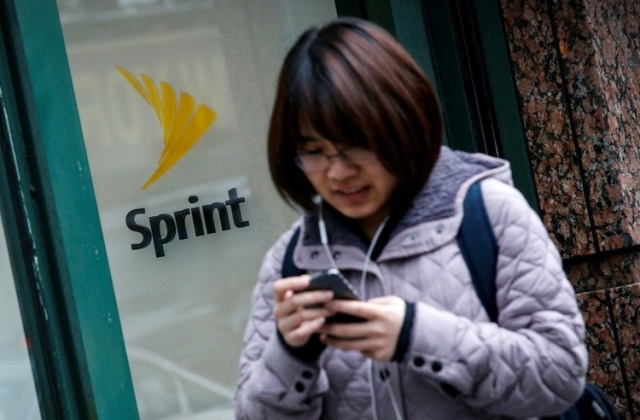Sprint announced it expanded its True Mobile 5G service to cover approximately 16 million people within nine metropolitan areas.
 Sprint 5G is available in Atlanta, Chicago, Dallas-Fort Worth, Houston, Kansas City, Los Angeles, New York City, Phoenix and Washington, D.C. Initial 5G results show a nearly 6X increase in average download speed compared to LTE.
Sprint 5G is available in Atlanta, Chicago, Dallas-Fort Worth, Houston, Kansas City, Los Angeles, New York City, Phoenix and Washington, D.C. Initial 5G results show a nearly 6X increase in average download speed compared to LTE.
Sprint CTO John Saw said: “We’ve been working hard to increase 5G coverage inside our nine cities and build a showcase experience for our customers.”
Previously, Sprint offered 5G service covering 11 million people in nine metro areas. Since its commercial launches, the company has added new 5G cell sites to deliver fast speeds and power new experiences for wireless customers, from gaming and entertainment services, to IoT and business applications.
Sprint has added two devices to its indoor small cell solutions to improve data coverage and speeds in residences and businesses. The devices are a small femtocell and a new version of Sprint Magic Box.
Sprint is working with Arizona State University (ASU) in an effort to help drive economic, educational, technological and social growth for an entire region in Arizona, leveraging the power of Sprint’s True Mobile 5G and Curiosity IoT’s advanced dedicated network and operating system.
Sprint announced the launch of a private network solution that brings IoT to the Edge on its Curiosity IoT Core and Curiosity OS. The solution design, purpose-built for IoT, enables enterprise customers to manage IoT applications.
Sprint announced the availability of NB-IoT on its Curiosity IoT platform. A complement to the nationwide Cat-M rollout, NB-IoT expands low-power wide area network access to its dedicated, virtualized and distributed network and operating system, purpose-engineered for IoT.
Ivo Rook, senior vice president of IoT and product development, Sprint, said: “The design of Curiosity™ IoT has always been based on being connectivity-agnostic.”
Sprint and Ericsson will demonstrate a live network connected asset, as it might be used in a rural field environment. The asset will be connected via NB-IoT, powered by Ericsson’s IoT Accelerator platform, at the Ericsson booth.
